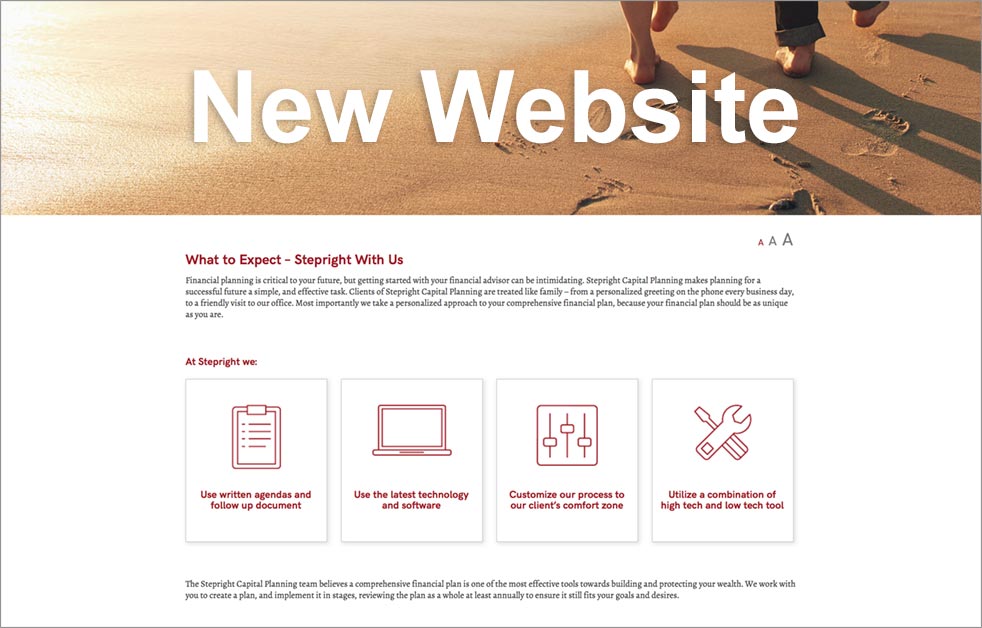What if my child doesn’t pursue post secondary education?
Sep 15, 2020Let’s face it – plans can change. Although many parents want their children to go to college or university, not everyone’s future involves a post-secondary campus. These days, there are plenty of opportunities available to people who take a different path.
Your child may be more interested in entering the workforce right away or spending time traveling – a great way to learn life lessons and become more independent. Or, maybe your child just needs some time away from school before returning to the classroom.
In any case, it may be wise to avoid pressuring a child into doing something they don’t want to do. This could leave them with heavy debt, poor grades and bitter feelings about post-secondary education.1Footnote 1
That leaves you with a very important question: What can be done with the money inside that?Registered Education Savings Plan?
The good news is that those savings are not lost. In fact, there are many choices available to you if your child has decided not to go to school.
1. Wait and see
So, your child has decided now is not the time for them to go to college or university. That’s okay – according to the federal government, an RESP can be left open for up to 36 years, which means that your child can take their time deciding if post-secondary education is right for them.2Footnote 2
Money inside an RESP can also be used for trade and business schools and apprenticeships. It may also be possible to use the money for education on a part-time basis, should the selected program qualify.
2. Give the money to someone else
Should your child decide against attending college or university, there’s the option of naming another beneficiary, like a sibling, to use the available money for their education costs.
That said, there are rules associated with changing the beneficiary of the plan. To learn more, talk to your advisor.
3. Discontinue the RESP
You also have the option of closing the RESP. This will return your contributions to you and you won’t have to pay any tax on those contributions. That said, you’ll have to pay tax on any investment growth on your contributions at your regular income tax level plus an additional 20% (12% in Quebec).
Grants awarded through the Canada Education Savings Grant (CESG) and Canada Learning Bond (CLB) will be returned to the federal government. You should also note that investments can only be returned if the RESP has been open for 10 years or more and your child is 21 or over and has chosen not to return to school.
4. Move the money to a Registered Retirement Savings Plan (RRSP)
The maximum amount you can contribute to an RESP is $50,000. While any grant money must be returned to the government, you could move your RESP contributions to an?RRSP. This is a strategy that may allow you to defer paying taxes on the investment growth. To do so, the following conditions must be met:
- The rules of your RRSP must allow for this kind of transfer
- The RESP must have been opened at least 10 years prior
- Your child must be age 21 or over and has decided not to go to school3Footnote 3
- There’s contribution room in your RRSP for the transfer
- You’re a resident of Canada
5. Move the money to a Registered Disability Savings Plan (RDSP)
Another option may be to move the money in your RESP to a Registered Disability Savings Plan, a long-term savings plan designed to help Canadians with disabilities build up their savings. This is possible if the plans share a common beneficiary and certain other conditions are met (for example, the beneficiary must be eligible to receive the Disability Tax Credit, or DTC).4Footnote 4
Footnote 1
1 Ken Coates, “University vs. college: Why pressuring your kid to go to university is a big mistake - Opens in a new window,” CBC News, Sept. 4, 2014.
Footnote 2
2 “Information about Registered Education Savings Plans (RESPs), - Opens in a new window” Government of Canada, updated January 2016.
Footnote 3
3 Further conditions may apply. For more, see “Using your RESP, - Opens in a new window” Government of Canada, updated January 2016.
Footnote 4
4 Ibid.






